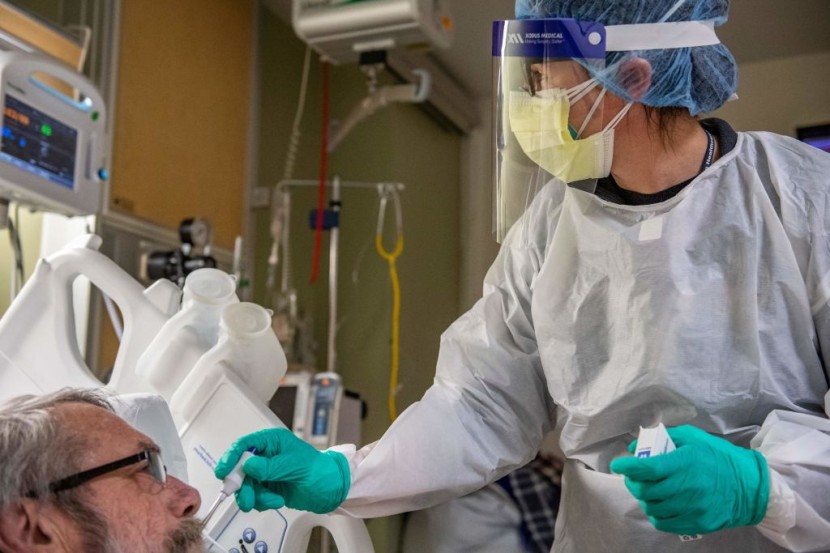
A recent study reveals that roughly 6% of the estimated 130 million people who visit US emergency departments each year are wrongly diagnosed, which equates to around 1 in 18 patients.
The Agency for Healthcare Research and Quality of the US Department of Health and Human Services analyzed over 300 research published between January 2000 and September 2021.
US Recorded Over 7 Million Incorrect Diagnosis Yearly
The researchers estimate that 7.4 million diagnostic mistakes occur annually, 2.6 million individuals suffer preventable injuries, and 370,000 people are permanently crippled or die due to a misdiagnosis. This translates to around 1,400 diagnostic mistakes per emergency room annually in the United States.
Seventeen percent of the time, a stroke was misdiagnosed, mainly because patients complained of dizziness and vertigo. Forty percent of individuals with these two symptoms who presented to the ER had their stroke first overlooked, per KCCI.
The study indicated that nonspecific or unusual symptoms were the leading cause of misdiagnosis. Women and individuals of color were 20% to 30% more likely to receive an incorrect diagnosis. According to the researchers, these rates are comparable to those observed in primary care and hospital inpatient settings. The five most often misdiagnosed illnesses were:
- stroke
- myocardial infarction
- aortic aneurysm/dissection
- spinal cord compression/injury
- venous thromboembolism
According to CNN, these five illnesses accounted for 39% of all significant injuries resulting from misdiagnosis. Ten of the nation's most prominent emergency physician organizations, including the American College of Emergency Physicians and the American Board of Emergency Medicine, wrote a statement in response to the research, which they deemed "misleading" and "incomplete."
The groups acknowledge that there is always space for improvement but that labeling the diagnoses as mistakes is inaccurate and a misunderstanding of the purpose of emergency care, which is to focus on acute and urgent conditions.
The groups also questioned the papers included in the study, noting that emergency departments from other nations conducted a number of the evaluated and analyzed studies.
According to the letter, it is scientifically incorrect to extrapolate statistics, especially the calculation of an overall diagnostic error rate, from non-US emergency departments and apply them to emergency care in the United States.
Only 14% of Diagnosed Cancers Are Detected by Screening
Meanwhile, only four forms of cancer-breast, cervical, colorectal, and lung screening tests were recommended by the US Preventive Services Task Force, and the percentage of cancers diagnosed by screening differs across these types: 61 percent of breast, 52 percent of cervical, 45 percent of colorectal, and 3 percent of lung cancers.
The study also contains statistics on prostate cancer, even though prostate cancer screening is not often suggested, and the results indicate that 77% of prostate cancers are found by screening.
According to WBAL-TV, the research, which has not been published in a peer-reviewed journal, is based on 2017 data. Since then, however, researchers have demonstrated that the rate of cancer screenings decreased during the early days of the COVID-19 pandemic.
© 2025 HNGN, All rights reserved. Do not reproduce without permission.








